Alfred Kubin - Sascha Schneider
the mysteries of symbolism
Alfred Kubin and Sascha Schneider are two visionary artists forerunners of the most important artistic movements of the twentieth century. Their dreamlike sensitivity is full of amazing poetic symbolism. By Kubin’s silent nightmares (whose life was full of trauma and extreme family experiences) that define the figurative horizons like nowhere's symbolist master, to Schneider’s sensual masculine physicality, a forerunner of contemporary marginalization of the "different" (homosexuals, artists, political dissidents, etc.)
Both were sons of Max Klinger, German master from raw and silent symbolist sensitivity, often dotted with superhuman entities. Kubin and Schneider process in germ, a pre-surrealist poetry purely Teutonic (they are still far from coming, the semiotic-poetic automatism of the surrealist painting of Masson or Dali), where the domain of the Mediterranean color's sudden surreality is absent. In Kubin’s poetry, metaphysical nightmare attendance already containing meta-policy insights, was darkly predictive of human and social events that would result in the two world wars and in Nazism. You can see certain figurative solutions, in which the living masses are pushed to the brink of the abyss or into the mouth of a cannibal giant, in an atmosphere of soft light, full of death. A kind of Savinio timelessness, gently monochrome. In Kubin's work we can find a poetic meta-historical judgment on the failure of the mass policies and the enigmatic research of painful sense of being born and living in all its forms, through the celebration of an incredibly imaginative genius.
In Schneider's, however, a hope for social liberation from oppression, through the exaltation of the male body's beauty, at times, provided of wings, to fly high in the dream and escape the incomprehensible human persecution. The naked body, her beauty archetype, becomes ground of poetical and uncontrollable existential confrontation, as the creative talent of a grand master contrasts to his time.
ALFRED KUBIN
Sascha Schneider
Alfred Leopold Isidor Kubin, painter, printmaker, illustrator, and writer, was born in Bohemia in the town of Leitmeritz, Austro-Hungarian Empire (now Litoměřice). In 1896, he attempted suicide on his mother's grave.
In 1898, Kubin began a period of artistic study at a private academy run by the painter Ludwig Schmitt-Reutte, before enrolling at the Munich Academy in 1899, without finishing his studies there.
In 1911, he became associated with the Blaue Reiter group with Kandinsky, Marc, Klee and exhibited with them in the Galerie Der Sturm in Berlin in 1913.After that time, he lost contact with the artistic avant-garde.
He illustrated the works of Edgar Allan Poe, Hoffmann, and Dostoevsky, among others. Kubin also illustrated the German fantasy magazine Der Orchideengarten. The best known of Kubin's own books is Die andere Seite (The Other Side) (1909), a fantastic novel set in an
oppressive imaginary land. The Other Side has an atmosphere of claustrophobic
absurdity reminiscent of the writings of Franz Kafka, who admired Die andere Seite.
From 1906 until his death, he lived a withdrawn life in a small castle on a
12th-century estate in Zwickledt, Upper Austria. In 1938, at the Anschluss
of Austria and Nazi Germany, his work was declared entartete Kunst or
"degenerate art," but he managed to continue working during World War II.
His works are in the collection at the MoMA in New York City,
the Leopold Museum in Vienna, and The Fine Art Museum in San Francisco.
The original collagraphy of 1903 published in the exhibition
"Alfred Kubin, Sascha Schneider - The Mysteries of Symbolism"
are from Hans Von Weber Mappe.
Sascha Schneider was born in Saint Petersburg in 1870. During his childhood his family lived in Zürich, but following the death of his father, Schneider, moved to Dresden, where in 1889 he became a student at the Dresden Academy of Fine Arts (Kreuzgymnasium). In 1903 he met best-selling author Karl May, and subsequently became the cover illustrator of a number of May's books including Winnetou, Old Surehand, Am Rio de la Plata. A year later in 1904, Schneider was appointed professor at the Großherzoglich-Sächsische Kunstschule Weimar.
During this period Schneider lived with painter Hellmuth Jahn. Jahn began blackmailing Schneider by threatening to expose his homosexuality, which was punishable under § 175 of the penal code. Schneider fled to Italy, where homosexuality was not criminalized at that time. In Italy, Schneider met painter Robert Spies, with whom he traveled through the Caucasus Mountains. He then traveled back to Germany, where he lived for six months in Leipzig before returning to Italy, where he resided in Florence. When the First World War started,
Schneider returned to Germany again, taking up residence in Hellerau
(near Dresden). After 1918, he co-founded an institute called Kraft-Kunst
for body building. Some of the models for his art works trained here.
Schneider, who suffered from diabetes mellitus, suffered a diabetic
seizure during a ship voyage in the vicinity of Swinemünde.
As a result, he collapsed and died in 1927 in Swinemünde.
His works are exhibited at the Leslie-Lohman Museum in New York City.













